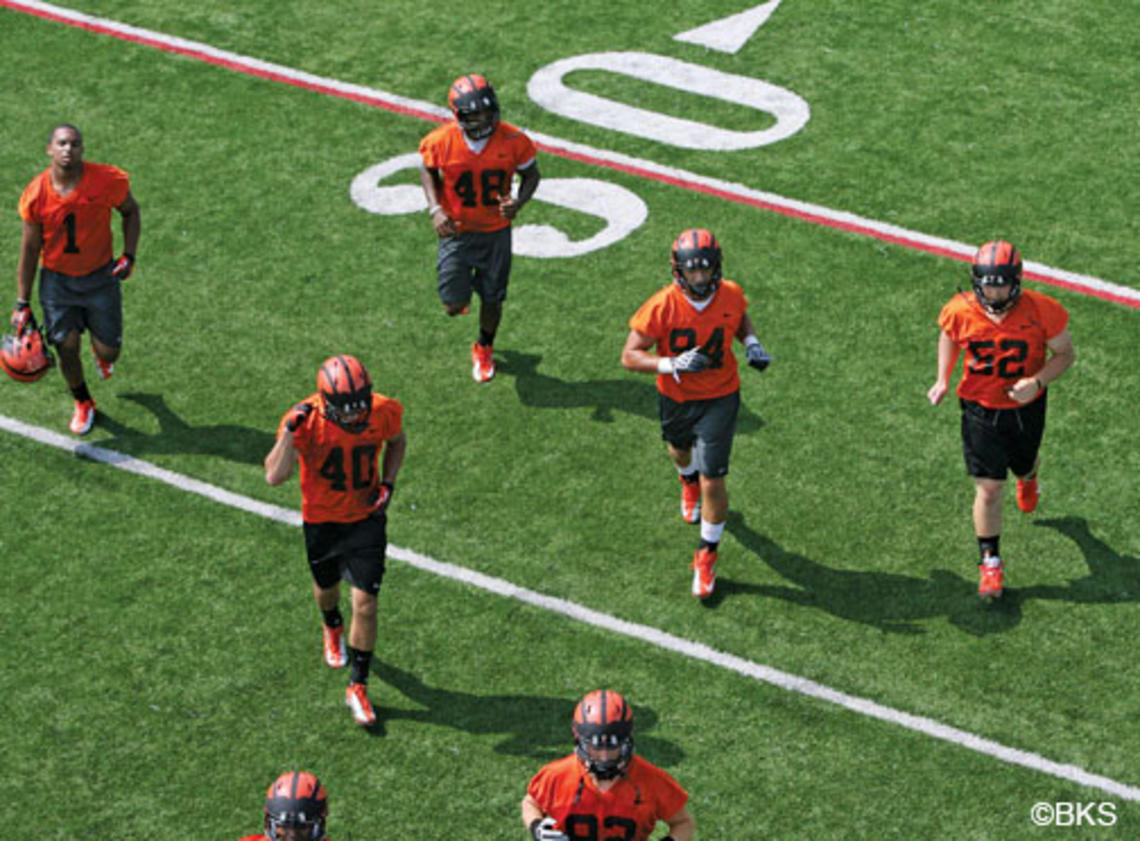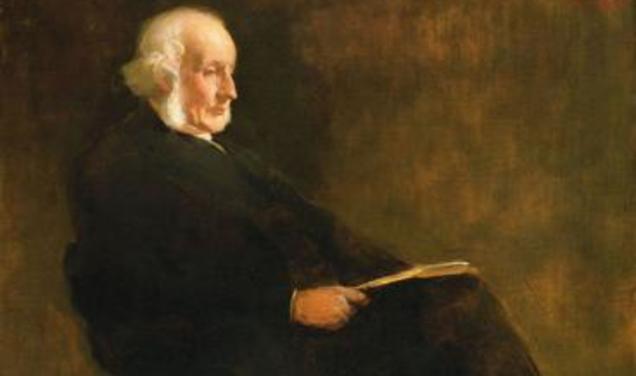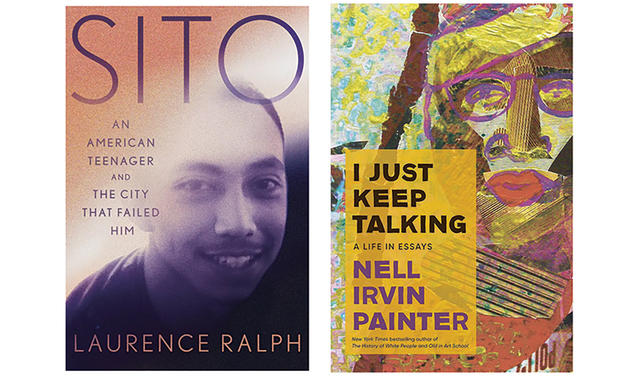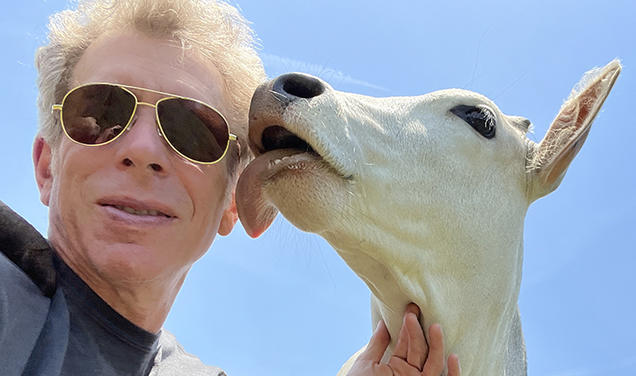Football: Tigers Boast Deep Bench
Team bolstered by experienced offensive line, seven returning starters on defense

Last year, the football team upended expectations in stunning fashion. Predicted to finish last in the Ivy League, the Tigers instead pulled off surprise victories over Harvard and Yale and ended the season with a 5-5 record, their best finish since 2006.
This year’s team brings something to the field that was in short supply last year: experience. The Tigers have a deep bench of returning receivers and running backs, an offensive line experienced at every position, and a defense with seven returning starters, including standout lineman Caraun Reid ’14, a possible NFL prospect after graduation. They also have a promising roster of quarterbacks: Connor Michelsen ’15, who threw for 1,634 yards last season; Quinn Epperly ’15, who led the comeback against Harvard with a last-minute touchdown pass to Roman Wilson ’14; Kedric Bostic ’16, a skilled passer with good speed; and newcomer Chad Kanoff ’17, Princeton’s most-touted recruit in 20 years. (Chuck Dibilio ’16, a breakout star at tailback who suffered a life-threatening stroke in 2012, is not back on the roster.)
“I envision a scenario where we are playing a lot of these [quarterbacks],” said coach Bob Surace ’90. “We have guys who can run and throw, and we have to find ways to get them on the field. Our offensive staff is very creative.” Surace expects Reid to be a major asset: “His huge lower-body strength gives him a center of gravity that makes him hard to move.”
After an 0-2 start in 2012, the Tigers won four straight games before losing three of their last four. Injuries took their toll, but in the last four contests Princeton took the ball away from opponents just once while giving it away 11 times. The Tigers — who open their Ivy season Oct. 5 against Columbia — were forecast to come in fifth place in the pre-season Ivy poll, behind Penn, Harvard, Brown, and Dartmouth.
“There are so many teams capable of winning — the one that does probably will have protected the ball the best,” Surace said. “Let’s see if we can finish games better.”










0 Responses